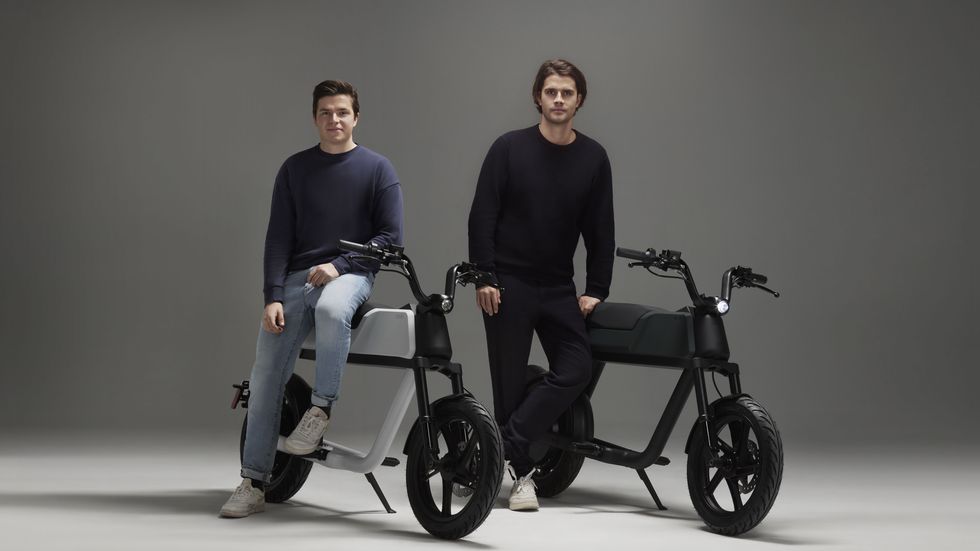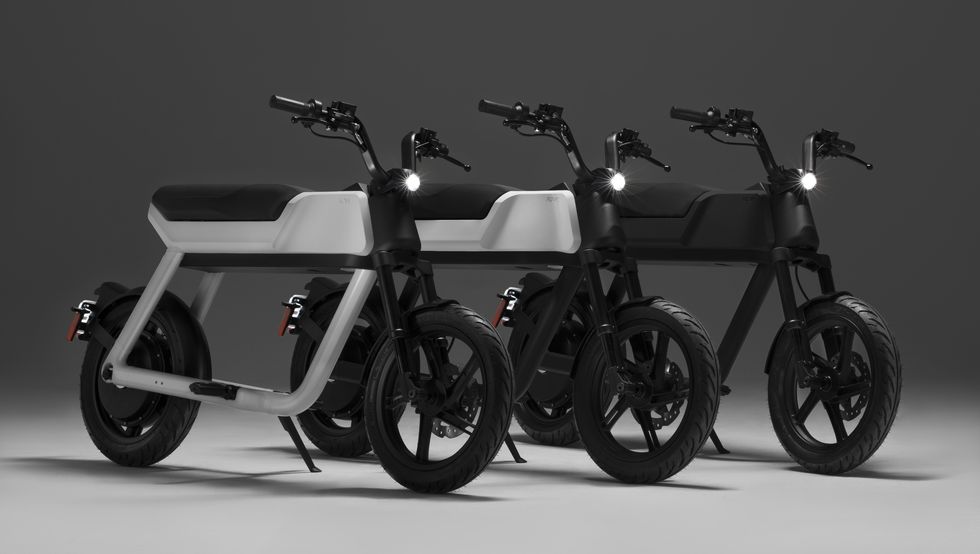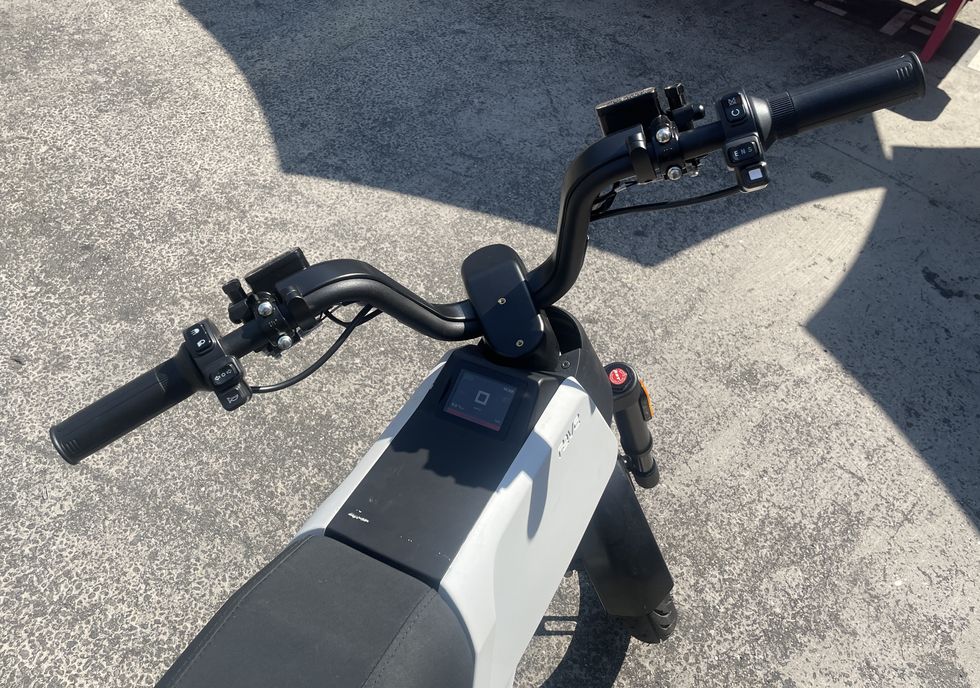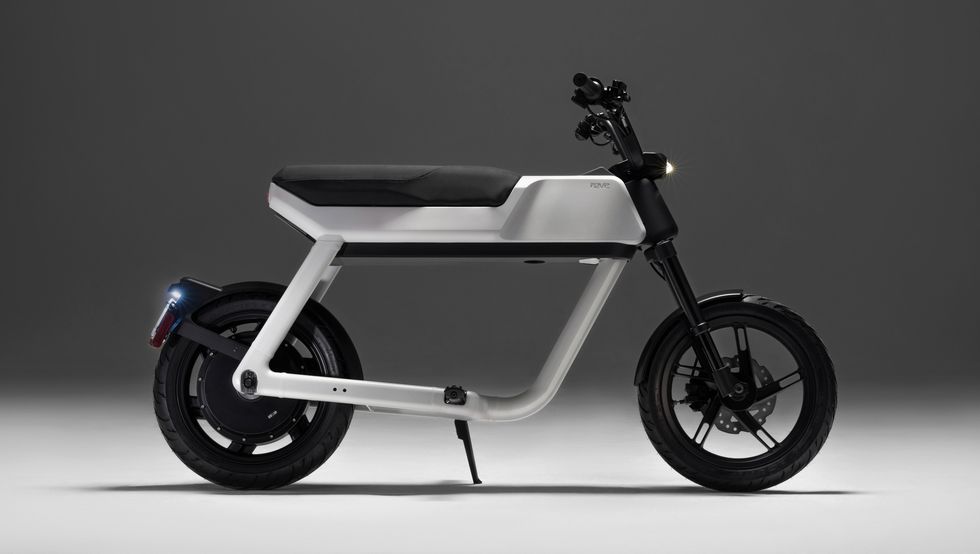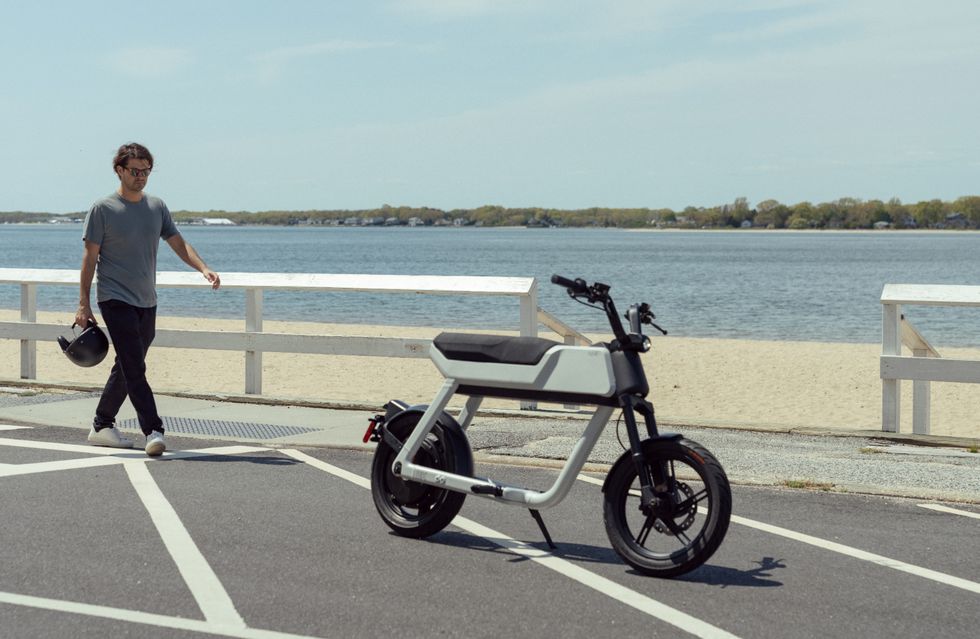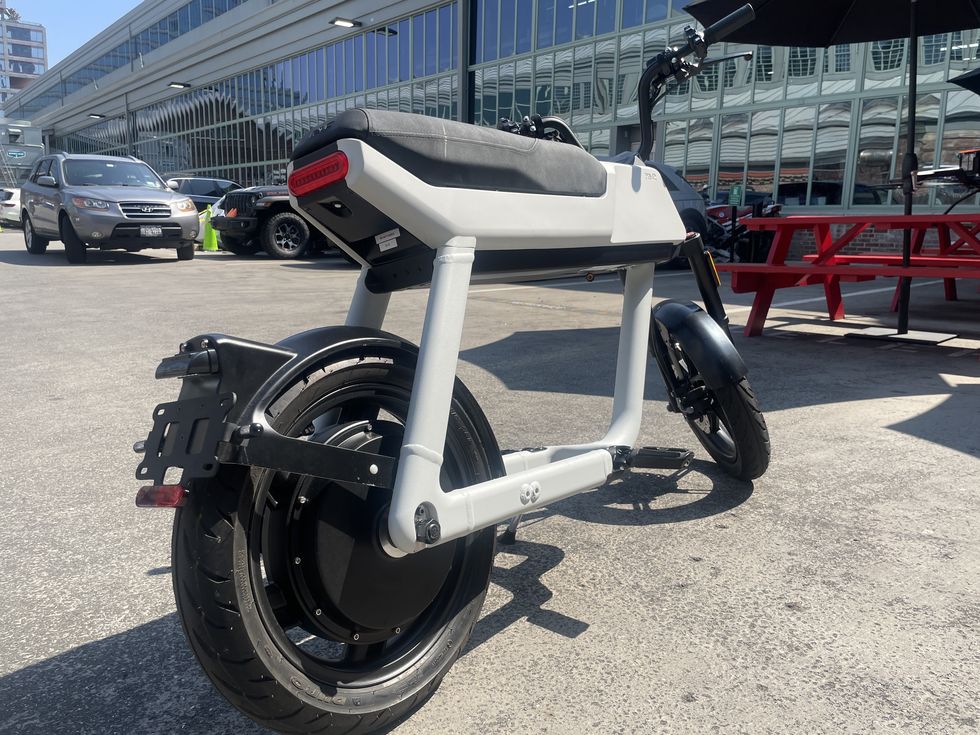- Urban transportation solutions are vast and everyone’s needs are slightly different, but Pave Motors is hoping to eliminate the need for short car trips.
- Launching its own electric moped known as the Pave BK, the Brooklyn-based company is set on getting new riders, bicycle riders, and motorcycle riders on a new kind of two-wheel.
- Starting at $6900, the BK isn’t exactly cheap, but its unique construction, high-tech features, and practical storage capabilities make it a competitive choice within the two-wheel market.
There is seldom one solution for all tasks or challenges that face us human beings. Even challenges like transporting ourselves from one place to another never have a one-size-fits-all answer. Surely, those who can afford to do so should drive less and rely on more collective, efficient means of moving.
Of course, this is not a reality for large swaths of our country, whose geographic surrounds require regular car, motorcycle, or ATV usage, rarely in electrified form. And for those of you who fall into this category, be forwarned this story may not resonate with you. But if you live in one of a dozen major metropolitan areas in the US, it’s worth listening up.
That’s because Pave Motors, an electric vehicle manufacturer based in Brooklyn, New York, claims it has the solution to your ever-growing traffic headache.
Sold under the moniker of Pave BK, the Berlin-raised, Brooklyn-innovating Nagel brothers behind Pave say their two-wheel contraption that vaguely resembles mopeds of old isn’t supposed to be an electric bicycle nor a full-fledged electric motorcycle. Legally, it’s classified as a motor-driven cycle, Nico Nagel explained in an interview with Autoweek.
Situated between the acceleration limitation of an e-bike but below the special licensing category of a true motorcycle, the Pave BK was designed to be un-intimidating, easy to ride, and solid enough to replace most short-distance car trips. Withdraw $6900, slap the required license plate on, and ride off into the near distance—with a helmet on, please.
But if it’s supposed to go up against a car, how does it stack up? It’s not exactly a fair fight on paper, that’s for sure, but a closer look at the BK’s specification reveals some metropolis merit.
Given its federal vehicle classification, the BK is powered by a 1.85-kW battery and propelled by a 3000-watt brushless DC electric motor, making it reliable for up to a regulated 30 mph and 50 miles of range. Fast charging through a standard outlet yields 0-80% charge in about an hour, meaning the occasional miscalculation won’t leave you stranded forever.
Its scooter-inspired but bicycle-frame build-style means it is relatively light (given its 6061-grade aluminum construction) at 101 pounds, but sturdy enough to sit rider weight directly on the top tube.
This geometry works, in part, because the removable and handle-equipped battery slots in under the seat of the scooter, if you’ll excuse the wavering model classification.
“At the beginning, my brother Caspar welded the first three frames and they were clearly prototypes,” Nico said. “The idea was always to have something that’s super lightweight, easy and fun to ride, and kind of falls into the moped scooter clause, so it doesn’t have any pedals. We want it to be a social thing where you can pick up your friends, too.”
With a 32-inch seat height, it sits as high as your average naked motorcycle, though its ergonomics make the riding position and sight picture much clearer. Less engulfed by body plastics, at the very least. You don’t see any gauges or handlebars ahead of you when riding the BK, which is a welcome reprieve from information overload.
Take a peak below your beltline, however, and you’ll see a clean LCD display, showing your speed, range, and drive mode. It’s like those Harley-Davidsons that place the gauges on the gas tank, only implemented in better packaging. The only time you’ll inadvertently be looking there is when you jam on the pair of biting hydraulic brakes front and rear.
Fear not a front tip-over, however, as the brake calipers are linked, in accordance with federal law. To receive road-legal status, the BK was subject to hundreds of back-to-back braking tests, indicating the quality of its J. Juan-sourced braking hardware. Similarly, the BK sports a single-crown inverted suspension fork with 65mm of travel.
Enough about the hardware, you say, let me hear how it rides! Fair enough, but it took some time to come to terms with its handling. And not because it was hard to ride, but rather the opposite. It’s almost too easy.
It rides much more like a bicycle than a moped or motorcycle, truth be told. It’s quite sensitive to how you move the bars and changes direction with ease. It’s also effortlessly comfortable to sit on. With eco, normal, and sport modes available, the delineation between each was strong. And sport mode is something that would get me in trouble, I think.
It provides a surge of torque after a second of throttle squeezing. Putting it back into eco mode feels like a comparative letdown, though its gentle and efficient acceleration wouldn’t send anyone flying off-road.
The brakes grab hard and rear regenerative helps, too, but it’s also worth remembering that you’re slowing the equivalent weight of a few bicycles when hitting the brakes. Add a passenger and you’ll be smart to mind your braking distances, though the ability to carry your friend, partner, parent, or dog is a worthwhile feature on its own.
“From a price point perspective, there are e-bikes that go above our price point,” Nico explained in an interview with Autoweek. “Even if you’re paying a little bit more for us, you’re getting a lot more with that too. You can bring passengers, you can store things, you can actually replace the short-to-medium distance car trips.”
It’s true that you can add some storage to the BK, with an extra $1000 getting you side racks with a dedicated clip-in system. Pannier-style bags can then be fitted, taking sweaty bags off your back. However, thanks to the BK’s bicycle frame build, Pave is also working on a fitted bottom basket, ideal for grocery runs or sports outings.
But where exactly can you ride these machines? One answer is more satisfying than the other, to be frank. Because of its classification as a motor-driven cycle, it’s unlikely that many cities or towns will technically allow you to ride in bike lanes or on bike paths. Onto the street, you go. Just make sure you keep up with traffic, though that shouldn’t be an issue.
Despite this road use challenge, the Pave BK has many competitors in the same market, from Honda’s new Motocompacto to the rent-a-scooter Revel electric models. Anecdotally, scooter usage has exploded here in New York, with many delivery workers dropping e-bikes for gas and electric mopeds instead.
Which is exactly the kind of wave that Pave is hoping to capitalize on. The BK prices itself out of the running for some, but it might be the perfect situational and stylish mobility piece for others who are tired of driving, pedaling, and public transit. And an emphasis should be placed on style, too.
This sort of small segment, uber-cool customer plan could well work so long as you can convince born Americans that two-wheels are the way. New York City isn’t Rome, clearly, and the parallel lack of modern infrastructure is likely the biggest challenge in making the case for the BK.
Even so, that’s high praise for the model itself, as it needs very little in the way of refinement. It’s already droves ahead of its rental Revel competitors and as sturdy as other electric motorcycles I’ve ridden.
I just wish I could legally go a bit faster (to keep up with speeding traffic) but I’ll have to take that up with the feds. Or buy the soon-to-be-released unlimited version.
Do you live in a big city? How do you commute? In what ways could your commute be better? Please share your thoughts below.
Associate Editor
A New York transplant hailing from the Pacific Northwest, Emmet White has a passion for anything that goes: cars, bicycles, planes, and motorcycles. After learning to ride at 17, Emmet worked in the motorcycle industry before joining Autoweek in 2022. The woes of alternate side parking have kept his fleet moderate, with a 2014 Volkswagen Jetta GLI and a 2003 Honda Nighthawk 750 street parked in his South Brooklyn community.
Read the full article here



